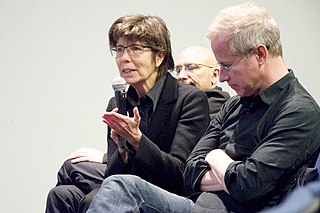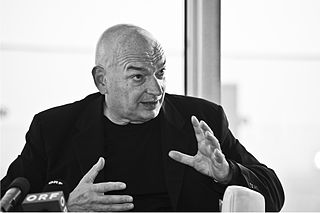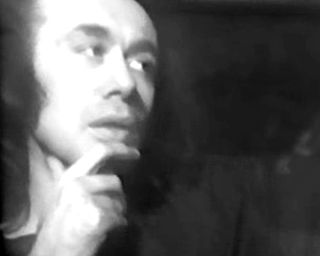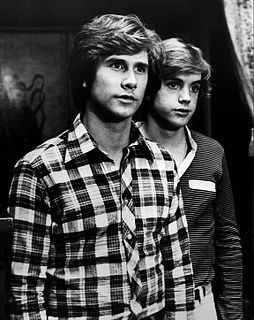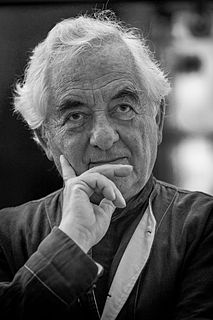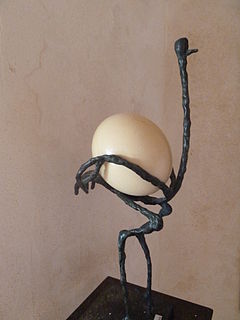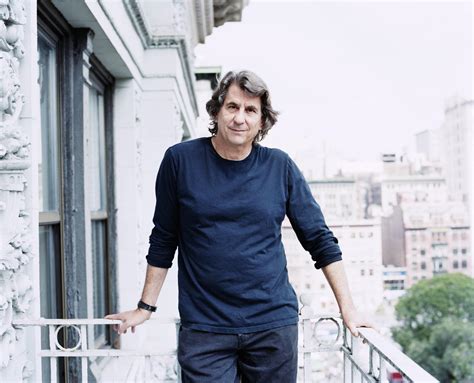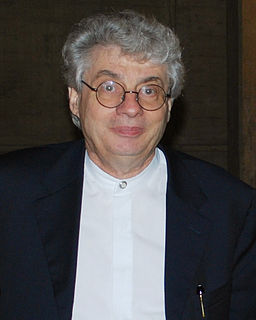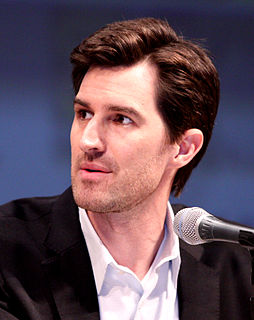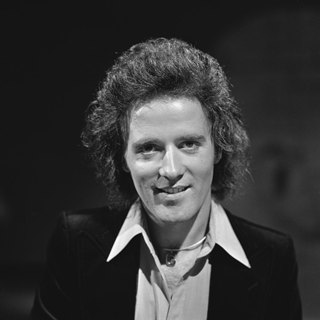A Quote by Elizabeth Diller
My interest was always to do interdisciplinary work with space. I thought of architecture as one strand in a multimedia practice.
Quote Topics
Related Quotes
It was very definitely architectural. I was using the words on the page as some kind of equivalent of a physical model. But I never thought at that point that I wanted to move toward architecture. I wanted to move toward real space. Sure, that's probably another way of saying, I want to move toward architecture. But I didn't define real space in terms of architecture, then.
Sustainability has become a religion in architecture - not that there's anything wrong with it - but I think it has to work both ways. Everyone thinks architecture has to be subservient to sustainability, but what if we thought in the other direction, like, what can sustainability do to make architecture more exciting?
At least 90 percent of my work is in situ. For me, it's not only to work with the architecture and space, it's also to work with the time, to work with the people who are involved with the place. It's also dealing with history. It takes all this into account. Other works can be placed in different environments, but they always follow a rule. This is usually not the case for work in situ, because even if they are transported, they remain there forever or they are destroyed.
The color and spectacle of Mexico's streets sparked my interest in community driven space and experience, a passion that I began to develop while studying architecture at Syracuse University and then at the Architectural Association School in London. Having been immersed in such a diverse array of lively environments, it would be impossible for me not to use these memories and experiences as inspiration for my work.
The first gesture of an architect is to draw a perimeter; in other words, to separate the microclimate from the macro space outside. This in itself is a sacred act. Architecture in itself conveys this idea of limiting space. It's a limit between the finite and the infinite. From this point of view, all architecture is sacred.
